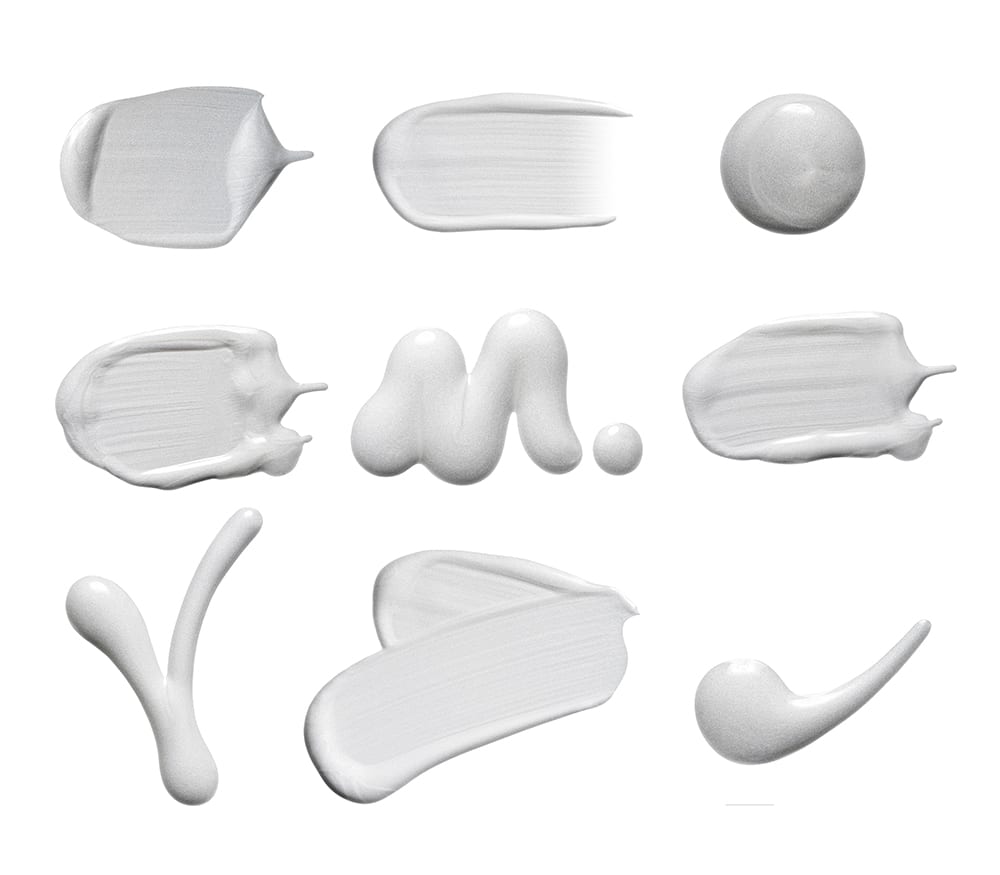White paint today is produced using titanium dioxide, a mineral mined from the ground. Producing the titanium nanoparticles in the form and purity needed for paint applications is energy intensive, leading to undesirably higher carbon footprints—and higher costs.
In nature, bright white shades are created by a foamy, Swiss cheese-like structure made of a solid, interconnected network and air, according to Andrew Parnell, a researcher from the University of Sheffield’s Department of Physics and Astronomy. How these structures form and develop—and how they have evolved light-scattering properties—has, until recently, not been understood.
Parnell and colleagues from the University of Sheffield have solved the mystery by investigating the white scales of the Cyphochilus beetle, which are recognized to be one of the brightest white objects in nature. The team was provided access to x-ray imaging facilities at the European Synchrotron Research Facility in Grenoble, France, where they performed x-ray tomography of individual beetle scales. This detailed analysis enabled them to develop a better understanding of the structure of these scarabs’ scales and how they scatter light. The x-ray technology was also used to observe the mechanisms by which layers of paint dry and become structured.
Using this knowledge, the researchers created similar nanostructures using plastic and incorporated them, with the assistance of scientists from AkzoNobel, into a paint with a color that mimics the bright white color of the Cyphochilus beetle’s scales. The synthetic white nanostructures created by the team were also evaluated using the instrument Larmor at the ISIS Spallation Neutron Source at the Rutherford Appleton Laboratory in Oxfordshire—part of the Science and Technologies Facilities Council.
The ultimate goal, according to Parnell, is to use plastic waste that would otherwise be burned or deposited in a landfill. “By restructuring such materials for use in super-white paint, we would reduce the carbon footprint of these coatings and help tackle the challenge of recycling single-use plastics,” he says. Adds Stephanie Burg, a Ph.D. researcher at the University of Sheffield: “This research answers long-standing questions about how the structure inside these scales actually form, and we hope these lessons from nature will help inform the future of sustainable manufacturing for paint.”
The research was initially published in Nature Communications Chemistry.
